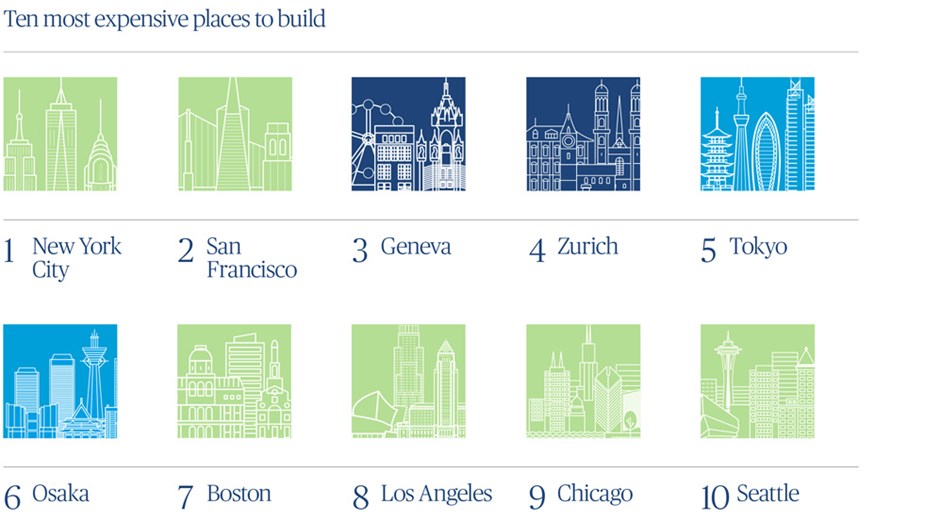Meeting the new challenges to growth
 Neil Bullen
Global Managing Director, Real Estate
Neil Bullen
Global Managing Director, Real Estate
As the global economy has emerged from the disruption of the pandemic, legacy constraints have persisted. At the same time, inflationary pressure, banking instability and geopolitical risks have shifted into sharper focus, impacting investment confidence.
Our International construction market survey – now in its 14th year of publication – brings together data, industry insights and experience, covering 89 global markets.
Our report takes stock of how the construction industry is performing and examines the challenges it faces – and how these can be mitigated.
- 89 global markets
- 42 countries
- 14 asset types
Our data this year indicates falling construction sector confidence worldwide in the face of continued cost increases, fears of insufficient credit availability, and a persistent labour crisis. 74.2 percent of global markets show a ‘skills shortage’ in the report.
Causes for optimism
The picture is, however, not wholly pessimistic. Inflation is showing signs of being brought under control by careful management of monetary and fiscal policy by central banks and governments.
Costs of commodities, energy and freight are beginning to stabilise, though patches of stubborn prices remain. As a result, the vast majority of markets are not expected to contract this year, and for emerging markets recovering from the impacts of COVID-19 restrictions, there is a particular opportunity to come to the fore.
Emerging regions with rising populations and economic growth – including Asia, Africa and the Middle East – are forecast to become hotspots for construction activity as investment seeks new outlets.
Top 10 most expensive cities to build in
The US dominates the rankings of the most expensive places to build, with six US cities in the top ten. New York is the most expensive market, with an average build cost of US$5,451 per sqm, and San Francisco following closely behind on US$5,200.
These figures have been fuelled by the strong US Dollar, but also the impact of Bidenomics – a series of US policy interventions designed to stimulate growth in advanced manufacturing and green technology.
Both Hong Kong (US$4,292) and London (US$3,879) have dropped out of the top ten ranking for the first time, overtaken by US markets.

Bright spots for construction
Turbulent economic conditions – barbed with elevated construction costs and persistent skills shortages - are casting a shadow over the sector’s outlook.
Yet several bright spots, including resilient infrastructure investment and the alleviation of some supply chain pressures, offer some respite to construction’s softening prospects.
A modest slowdown in some of the advanced markets should create an opportunity for three positive things to happen in the second half of 2023 and through to 2024:
- Supply chains to rebalance as disruptions continue to ease
- Market pricing to recalibrate, as more capacity becomes available
- Construction costs to stabilise, after many months of rapid escalation.
Access the International construction market survey 2023
Access the report to see our full dataset and read our analysis of the global economic and construction landscape.
Further information
Real Estate Insights
e: [email protected]

